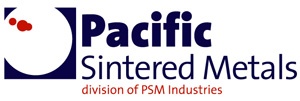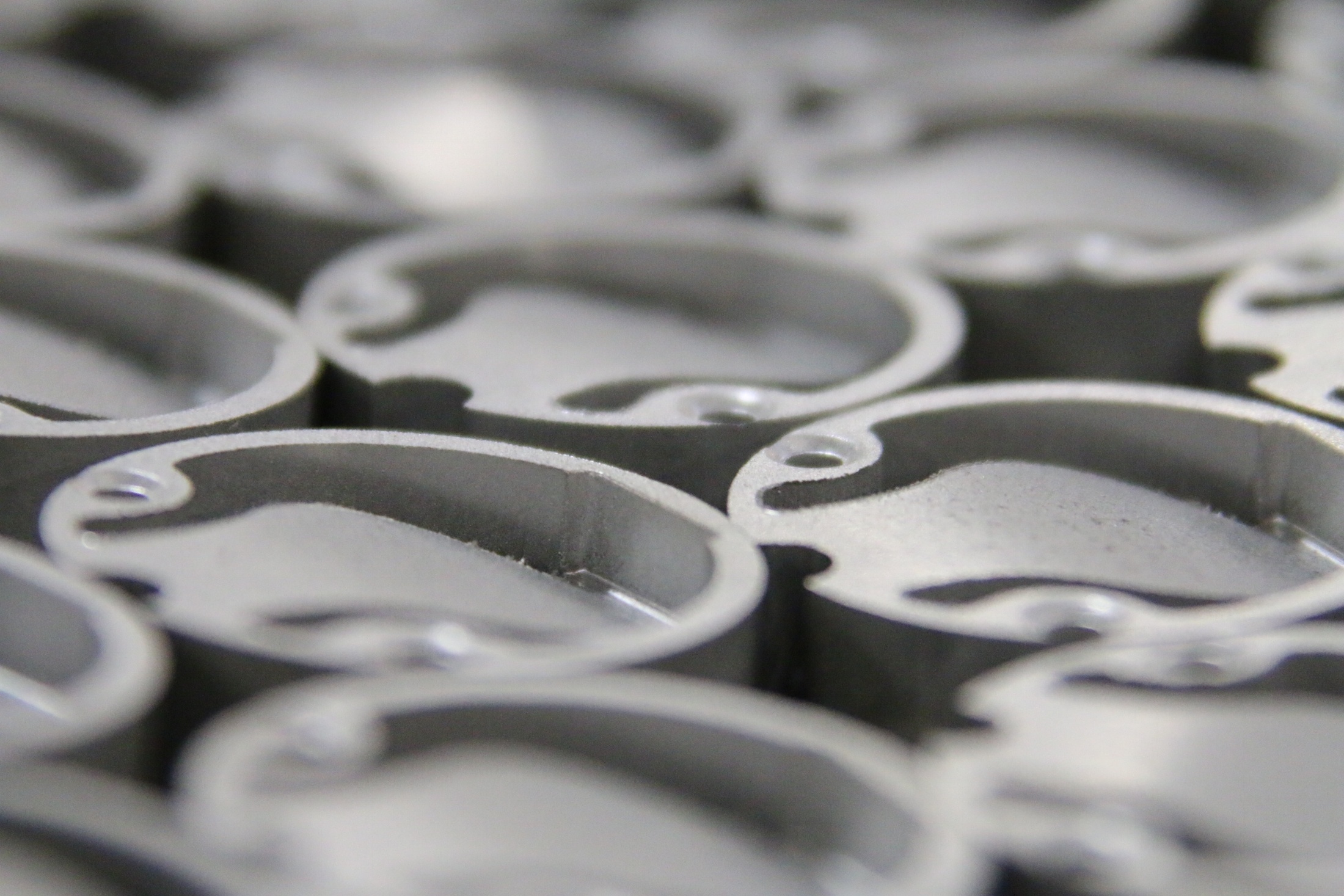High-temperature powder metal, also known as powder metal sintering, offers an affordable alternative to machining, casting, stamping, and forging processes. It involves compacting powdered metal and exposing it to a controlled high-temperature environment, resulting in a material with superior physical and mechanical properties. Sintered stainless steel parts offer various benefits, making them useful across a range of applications.
What is Sintered Stainless Steel?
Sintered stainless steel is a metal material that has undergone the sintering process, which involves heating powdered metal below its melting point until a molecular bond is formed between the particles. Sintered stainless steel is made up of various metals, including Ni, Fe, Cr with trace amounts of Mn, Si, C, P, and Mo in some grades. This process results in an end product with many desirable qualities, such as a slow deformation rate, resistance to high temperatures, and more.






